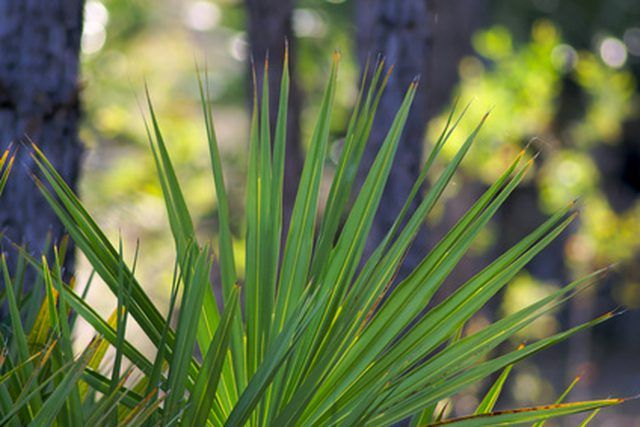Bulbs
Flower Basics
Flower Beds & Specialty Gardens
Flower Garden
Garden Furniture
Garden Gnomes
Garden Seeds
Garden Sheds
Garden Statues
Garden Tools & Supplies
Gardening Basics
Green & Organic
Groundcovers & Vines
Growing Annuals
Growing Basil
Growing Beans
Growing Berries
Growing Blueberries
Growing Cactus
Growing Corn
Growing Cotton
Growing Edibles
Growing Flowers
Growing Garlic
Growing Grapes
Growing Grass
Growing Herbs
Growing Jasmine
Growing Mint
Growing Mushrooms
Orchids
Growing Peanuts
Growing Perennials
Growing Plants
Growing Rosemary
Growing Roses
Growing Strawberries
Growing Sunflowers
Growing Thyme
Growing Tomatoes
Growing Tulips
Growing Vegetables
Herb Basics
Herb Garden
Indoor Growing
Landscaping Basics
Landscaping Patios
Landscaping Plants
Landscaping Shrubs
Landscaping Trees
Landscaping Walks & Pathways
Lawn Basics
Lawn Maintenance
Lawn Mowers
Lawn Ornaments
Lawn Planting
Lawn Tools
Outdoor Growing
Overall Landscape Planning
Pests, Weeds & Problems
Plant Basics
Rock Garden
Rose Garden
Shrubs
Soil
Specialty Gardens
Trees
Vegetable Garden
Yard Maintenance
How to Care for a Parlor Palm
How to Care for a Parlor Palm. Parlor palms, or Neanthe Bella palms, are native to Guatemala and Mexico. They are small palm trees that are suitable for growing indoors. They can grow to about 4 feet tall, and are typically no wider than 36 inches. Some retailers advertise this as a water plant, but in all actuality, it is a terrestrial plant that...

Parlor palms, or Neanthe Bella palms, are native to Guatemala and Mexico. They are small palm trees that are suitable for growing indoors. They can grow to about 4 feet tall, and are typically no wider than 36 inches. Some retailers advertise this as a water plant, but in all actuality, it is a terrestrial plant that does not do as well in high-moisture areas.
Things You'll Need
Watering can
Plant food
Clippers or scissors
Insecticide
Place the parlor palm in an area where there is filtered sun or otherwise filtered light. The parlor palm does not do well in full sun; it can dry out and damage the leaves and stems of the plant. The palm needs to be indoors during the cold months of the year, and it must have a warm, moist environment during the summer months to recover and prepare for the cold months.
Check the parlor palm every few days to see if it needs water. These typically need to be watered only twice a week, sometimes less often. Stick your finger in the soil; if the top inch is dry, water the plant. Water evenly, making sure it reaches down to the plant's base. The soil should be completely moist, but do not overwater. If there is water sitting on top of the soil, it's too much. Water slowly and stop when it begins to rise above the soil.
Feed the palm once or twice a month during summer months, and then once every two months during the cold months of the year. The parlor palm does best with a houseplant mixture, specified for palms. This will provide the plant with vital nutrients to the soil and help prevent underfeeding or overfeeding.
Clip all dead leaves to keep this plant healthy. If you see a leaf that is beginning to yellow, turn brown or dry out at the end, trim that section off. The same goes for a series of leaves that look like they're drying out; trim the plant up to that point.
Watch for spider mites, as they love this particular plant. They are little red insects that crawl on the leaves and stem and eat the plant. If your plant begins to look damagedólook at the underside of the leavesóspray it with a safe insecticide made for spider mites, following the manufacturer's label.
Tips & Warnings
Letting the soil dry out too much or keeping it too moist will harm your parlor palm.